I was gone for a good deal of the summer, visiting family in Florida, got back in mid-August, and as far as the garden goes, have been mainly engaged in cleanup ever since. I haven't had a whole lot to say about roses, so haven't been on the forum much. But I thought a look at the garden might be interesting.
This year it rained all summer, a very rare occurrence, possibly a precipitation record. So, instead of finding the usual late-summer desert when I got back to Italy (we don't water), there was a jungle instead. The roses were not for the most part greatly affected except for the ramblers, which did grow and grow. The non-rose shrubs in the garden liked all the rain; so did the trees; and we got a LOT of valuable oak seedlings. Many woody plants got the equivalent of several seasons' growth, which is very very satisfactory.
In the last year we have basically had two seasons, spring and fall. There was no winter to speak of as well as no summer. So some tender plants that normally freeze to the ground didn't do so, and the Salvia guaranitica and lemon verbena are both huge. The chief negative effect of the non-winter may have been that our sweet cherry didn't fruit at all. It's never done that before. But the apricot crop, from our young tree, was excellent, and most plants that require winter chill seemed to do well enough.
I love box, and many plants in the garden suffered nasty depredations from a new pest, a caterpillar I believe. I'd never seen it before, and only once actually saw an infestation in action. My columnar 'Graham Blandy' was killed outright, and some others hit hard. One Mahonia aquifolium was also defoliated and killed, I don't know by what. The rose 'Variegata di Bologna' looks weakened by a summer of constant blackspot, and several Albas have rust, for the second year in a row. The victims are mostly 'Alba Maxima', and it's a tough variety, so I'm not overly worried about it.
The weather continues warmish, sticky, and dry. It's too early to plant the plants I have growing in the propagation beds, but I've set out a few plants in pots. As always this time of year we're busy weeding and cutting grass and fighting back brush, including the invading brambles, nettles, wild clematis, and artemisia from our neighbors' adjoining property. We've been transplanting baby oaks, putting them where we want them. We've tried this before with acorns and with seedlings growing in sand in our parking area, with scant success. These babies are growing in clay, and with a good deal of soil coming with them, and most of their root, they seem to be holding up well. Last year was an acorn year and they seem to come in alternate years, but this year looks like it will give an abundant crop as well, probably because of all the rain.
My comments have mostly been concerned with the big garden, as we call it. The shade garden, a more nearly finished project, mainly needed weeding and trimming, and recutting back of all the brush we've been cutting down in the woods below the shade garden. I have plants to find room for down there, a number of sarcococcas of different kind and epimediums, and I need to make up an order of woodland bulbs: I'm thinking of Scilla bifolia and anemones, both native here. I would love to get poet's narcissus started in our woods, but I hear that the species is hard to start as bulbs, and I haven't organized to acquire seed. Poet's narcissus is native too, though not common: I know an elderly lady who has a woodland full of it. And I want to expand my Helleoborus viridis colonies and plant out some seedlings of cultivated hellebore. Also there are the violets to think of, both collected natives and cultived kinds. I want to keep a reservoir of them in pots even as I plant them out, though, in case they don't make it. Violets are tougher than they look.
When we got started on the big garden it was a steep sun-blasted field of gray clay, with a meager population of grasses, brush, and weeds. Ten years later parts of it are still resisting cultivation, while I've learned to dig bigger holes and amend far more heavily with organic matter: old hay in our case. The steep land has gotten steeper. Our neighbors' land below our has dropped something like ten vertical feet in places and has dragged our bottom boundary bed of roses with it, though the double line of once-blooming OGRs, no longer straight, is valiantly dug in and, I believe, helping to keep the entire property from sliding to the bottom of the valley. We're greatly interested in deep-rooted trees and shrubs, and we love anything that will thrive in our gray clay and anchor it. The Italian cypresses love our soil and they've never budged; we have a young Cedar of Lebanon that grows slowly and I suspect has roots halfway to China now. We've planted many baby evergreen Italian oaks, some of them grown from seed, and a number of Italian pines. Nowadays we have to protect many of our trees from the deer, with chicken wire or other barriers. All these are growing in the poorer soil of the garden. In the more fertile areas we're betting on the oaks. It will take a lifetime for them to reach tree size, but they'll contribute to the web of roots that I rely on to keep our land--and ultimately our house--where they are. Our neighbors in the last two years have had major slides on their land and on land they're farming. Trees also cool the area and protect plants growing in their vicinity. And they enrich the ground.
Not elms, though. At my request DH cut down some of the fringe of elms along one side of the garden. Elms are all wickedness and no virtue: they're invasive, they're shallow-rooted, they get sick and die unexpectly and sprout up again, usually in the middle of a flower bed. I've suspected for years that they strangle and suffocate all the plants around them: there are oaks close to these elms that have stayed the same size for fourteen years. When an elm close to the rose border in the shade garden died, the roses after a decade of stasis immediately picked up and began growing. And oaks close to elms that DH killed last year put on several inches of growth. I'm hoping that, with these elms cut down and poisoned (this is the only case in which I use poison), nearby young oaks and flowering ashes will be able to grow at last.
Of course the garden is much greener than usual for this time of year, and it is so pleasant to see the clover growing in the grassy paths, busily fixing nitrogen and adding organic matter to the garden. Parts of the garden have become quite amiable. The shrubs along the drainage ditch have reached respectable dimensions, for example: privet, lilac, snowball bush, big mahonia, spirea, mock orange, forsythia, hazelnut. I know many of these are considered rather dull shrubs, but I am so thankful to see green and growth in the garden that I'm happy with them: they're beautiful in their season, and give the quiet plant mass this garden so badly needs.
(to be continued)
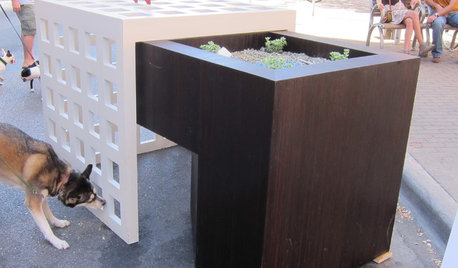


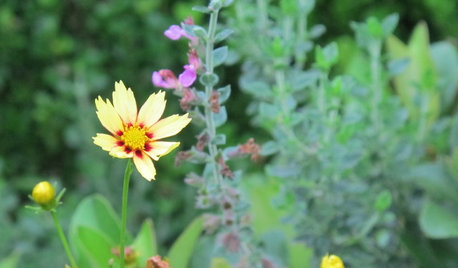
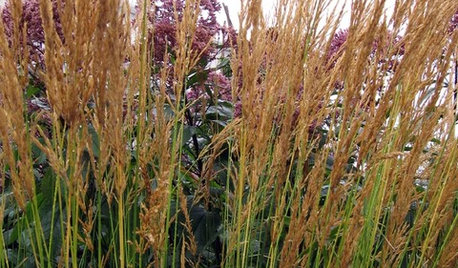
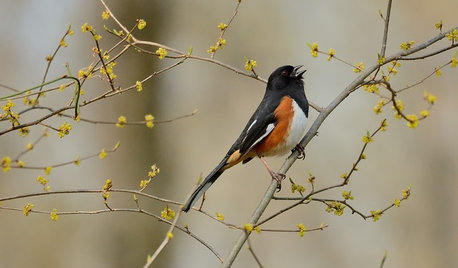
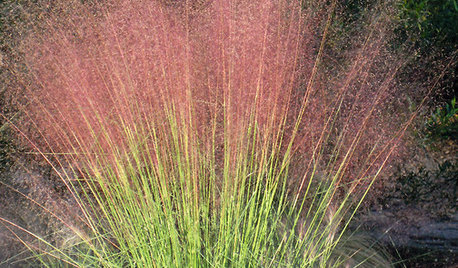
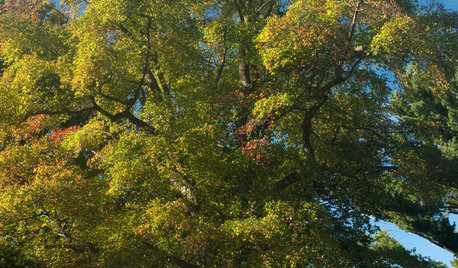
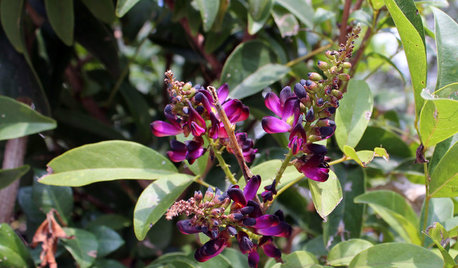
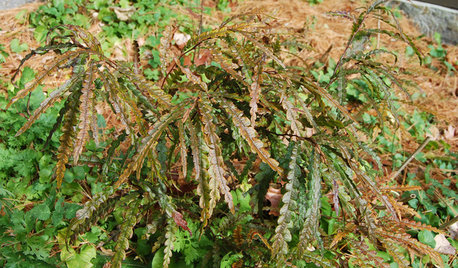









true_blue
cath41
Related Professionals
Baltimore Landscape Architects & Landscape Designers · Quincy Landscape Architects & Landscape Designers · Maple Heights Landscape Architects & Landscape Designers · Darien Landscape Contractors · La Verne Landscape Contractors · Lemont Landscape Contractors · St. Louis Landscape Contractors · Washington Landscape Contractors · Weslaco Landscape Contractors · Charlottesville Swimming Pool Builders · Forney Swimming Pool Builders · Santa Paula Swimming Pool Builders · Visalia Swimming Pool Builders · Winchester Siding & Exteriors · North Richland Hills Siding & Exteriorssammy zone 7 Tulsa
melissa_thefarmOriginal Author
cath41
melissa_thefarmOriginal Author
cath41
cath41
melissa_thefarmOriginal Author
mendocino_rose
Kes Z 7a E Tn
melissa_thefarmOriginal Author
bart_2010
melissa_thefarmOriginal Author
bart_2010
cath41
bart_2010
ingrid_vc so. CA zone 9
melissa_thefarmOriginal Author
ingrid_vc so. CA zone 9
vasue VA